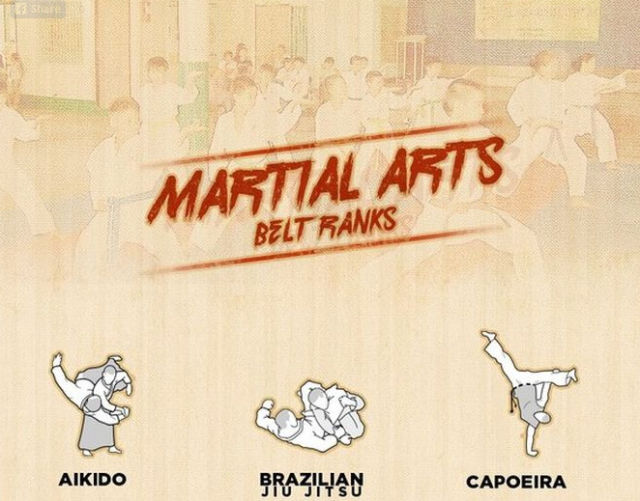Typical Martial Arts And Modern Fight Sports: An Extensive Summary Of Their Distinct Distinctions
Typical Martial Arts And Modern Fight Sports: An Extensive Summary Of Their Distinct Distinctions
Blog Article
Write-Up Author-Camp Snedker
When you think of martial arts, do you lean more towards the traditional methods or the modern fight sporting activities? Each path offers special advantages and experiences, shaped by their approaches and training techniques. Typical martial arts highlight individual growth and discipline, while modern battle sports focus on competition and performance. Comprehending these distinctions can guide you in choosing the best method for your journey. But exactly how do these differences show up in training and philosophy?
The Philosophy and History Behind Conventional Martial arts
While many individuals link martial arts with physical combat, the ideology and history behind conventional martial arts run much deeper. You'll discover that these techniques emphasize personal development, technique, and respect.
Stemming from old practices, conventional martial arts were commonly established for Self-Defense and spiritual development. They embody principles such as balance, harmony, and self-control, guiding experts beyond plain battling skills.
As you educate, you'll not just learn strategies however also get insights right into the society and values that shaped these arts. The routines and practices, usually passed down via generations, promote a sense of community and belonging.
The Competitive Nature of Modern Battle Sports
Modern fight sports have actually changed the landscape of martial arts right into a highly affordable sector, where professional athletes take on in a test of ability, strategy, and endurance.
You'll see that competitors are typically organized with strict regulations and regulations, making sure fair game and safety and security. what age can a child learn martial arts bring in large target markets, sustaining the excitement and strength of competitions.
Professional athletes train rigorously, not just for physical prowess but also for mental durability, recognizing that every information counts in the ring. The adrenaline rush throughout competitions is palpable, as competitors press their limits to declare victory.
Followers appreciate the athleticism and artistry involved, making contemporary fight sporting activities a thrilling phenomenon that continues to advance and astound lovers around the globe.
Training Methods and Strategies: A Comparative Analysis
The competitive ambience of modern battle sports needs ingenious training techniques that vary significantly from typical martial arts.
In kung fu near me for adults -day training, you'll concentrate on particular techniques, competing, and conditioning, commonly utilizing drills that imitate genuine battle circumstances. You'll see an emphasis on quantifiable performance and frequent competitors to examine your abilities.
On the other hand, standard martial arts focus on forms, katas, and thoughtful mentors, commonly emphasizing discipline and regard over competition.
Training is usually less extreme and may include recurring practice as opposed to real-time sparring.
While both methods develop ability and physical fitness, modern fight sporting activities give a much more dynamic and versatile training environment, preparing you for immediate obstacles in the ring or cage.
Select the path that lines up with your objectives and passions.
Verdict
In picking between conventional martial arts and contemporary combat sporting activities, it really boils down to what you value a lot of. If you're seeking individual development, technique, and a sense of area, traditional arts could be your ideal fit. However if you thrive on competitors and real-time challenges, contemporary battle sporting activities could be the method to go. Eventually, both courses supply distinct benefits, so it's all about aligning your training with your personal goals and interests.
